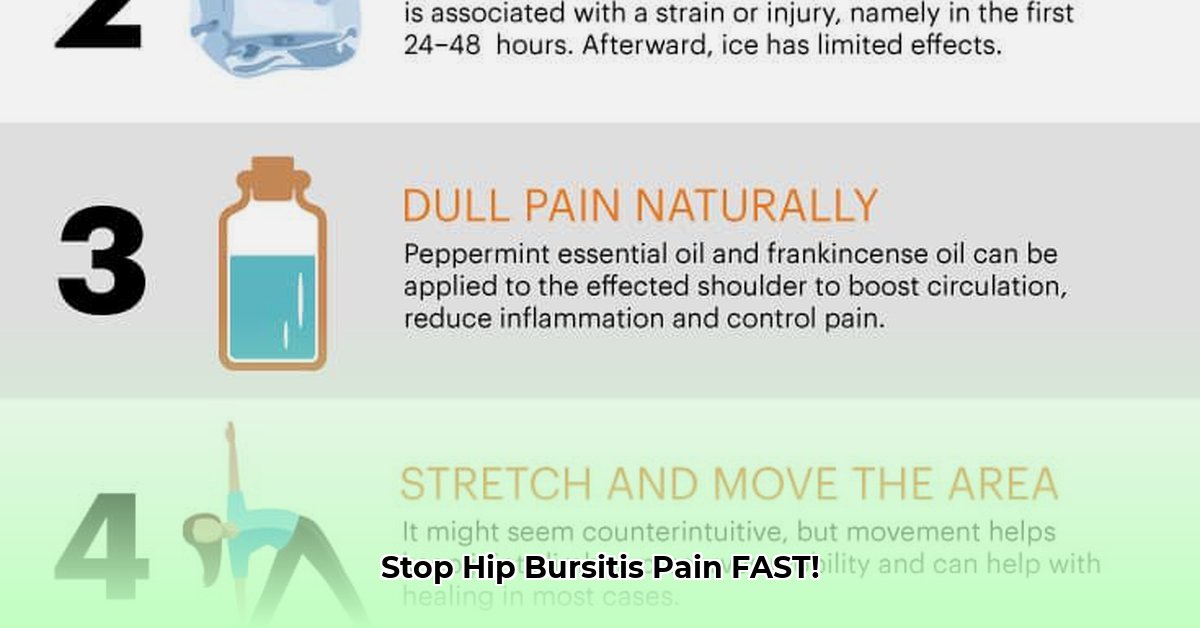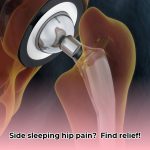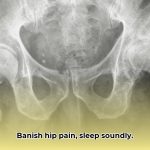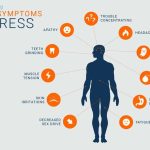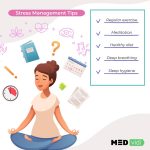Hip pain slowing you down? Confused about what exercises to do (or not to do) while healing from hip bursitis? You’re in good company! Many people unknowingly aggravate their condition. This guide clarifies common exercise mistakes, highlighting what to avoid for different types of bursitis, offering simple advice and safer alternatives for pain-free movement. For further expert advice, check out this helpful resource on hip therapy. Let’s help you return to your favorite activities!
Hip Bursitis Exercises to Avoid
That sharp hip pain is likely hip bursitis, caused by inflammation of the bursae, fluid-filled sacs cushioning your hip joint. Think of them as tiny shock absorbers. When they become inflamed, it’s painful. Different types of hip bursitis affect various areas, influencing which exercises to avoid. Understanding your particular type is crucial for healing.
Understanding the Hip Bursitis Hurdle
Think of your hip as a complex machine. Hip bursitis throws a wrench in its movements, causing pain, stiffness, and sometimes swelling. Trochanteric bursitis, affecting the outside of your hip, is the most common, but ischiogluteal (near your buttock) or iliopsoas (deeper in the hip) bursitis are also possible. How does this affect you? Knowing your specific type informs your recovery.
This guide helps identify exercises that worsen hip bursitis, protecting your hip and enabling a return to active living. We will explore safer alternatives to keep you moving.
High-Impact Activities: A Big No-No
High-impact activities are major contributors to hip bursitis flare-ups. The jarring motions put immense stress on already inflamed bursae. Why is this the case? High-impact activities overload the hip joint, potentially delaying recovery. Avoid these for a while:
- Running: The pounding impact worsens inflammation.
- Jumping: Forceful jumps should be put on hold.
- HIIT (High-Intensity Interval Training): These intense bursts can further irritate your hip.
- Impact Aerobics: High-impact dance or kickboxing classes might not be ideal.
We’ll explore gentler alternatives shortly.
Deep Hip Flexion: Painful Business
Deep hip flexion, bending your hip far forward, puts extra pressure on your bursae, worsening pain. Which exercises involve this deep bend? Be aware of the following:
- Deep Squats: They put more stress on your hip joint.
- Deep Lunges: Avoid if they cause pain.
- Certain Yoga Poses: Low lunges, deep forward bends, and poses requiring extensive hip flexion should be avoided.
Gentle stretching is recommended, but deep flexion is often too much, too soon. Modify poses to reduce hip stress, or avoid them altogether.
Direct Pressure: The Silent Troublemaker
Sustained pressure on your hip can aggravate inflammation. What situations cause this pressure? Pay attention to:
- Cycling (without proper bike fit): An improperly adjusted bike seat adds pressure. A professional bike fitting is beneficial.
- Prolonged Sitting (without support): Slouching or prolonged sitting without back and hip support puts your hip under pressure.
- Sleeping on Your Affected Side: Even when resting, you can put your hip under pressure. Sleep on your back or unaffected side with a pillow between your knees.
These activities can directly irritate inflamed bursae and prolong discomfort. Proper posture and support are crucial.
Repetitive Movements and Posture: Hidden Enemies
Repetitive movements and poor posture contribute to hip bursitis over time. Are there common scenarios to consider? Reflect on these:
- Prolonged Standing (without breaks): Standing without movement stresses your hip.
- Slouching at Your Desk: Poor posture while sitting, especially hunching over a computer, strains your hip.
- Repetitive Job Tasks: Some jobs involve movements that stress your hip joint over time.
These create persistent stress, slowing healing. Regular breaks, good posture support, and modified routines can make a difference.
Exercises to Approach with Extreme Caution
Some seemingly harmless exercises may need modification or avoidance depending on pain levels and bursitis type. Remember, listen to your body! Consult your doctor or physical therapist before trying anything new for personalized modifications or safer alternatives.
Gentle Alternatives: Moving Forward Safely
Hip bursitis does not mean complete inactivity! Replace high-impact activities with gentler options that support fitness goals without pain.
- Swimming: Water’s buoyancy reduces hip joint stress.
- Walking: Short, regular walks are often fine. Stop if you feel pain.
- Cycling (modified): A recumbent bike often provides better support than an upright cycle; a professional bike fitting is crucial.
- Gentle Yoga and Stretching: Choose poses that don’t put your hip in deep flexion or forcefully stretch the joint.
Consistency is key, but listen to your body and stop if you feel pain.
Managing Your Recovery
Maintaining a healthy weight alleviates some stress on the hips and joints, assisting in pain management and recovery. Always consult with your doctor or a physical therapist for accurate diagnosis and a personalized treatment plan. They can help you create a sustainable recovery plan, addressing your specific situation and needs. Do not self-diagnose or self-treat. Their guidance is key for effective management and complete recovery.
Best Stretches for Iliopsoas Bursitis Relief: Understanding and Avoiding Aggravating Exercises
Key Takeaways:
- Hip bursitis, inflammation of the hip’s fluid-filled sacs (bursae), causes pain and limits movement.
- Several types exist, including trochanteric (outer hip) and iliopsoas (groin) bursitis. Symptoms vary depending on the type.
- Certain exercises worsen the condition. Understanding which exercises to avoid is crucial for faster recovery.
- Gentle stretching and strengthening exercises, tailored by a physical therapist, are key to long-term management.
- Low-impact activities like swimming and cycling can maintain fitness without irritating the hip.
Understanding Hip Bursitis: The Source of Your Pain
Imagine your hip joint as a well-oiled machine. Bursae are tiny cushions easing friction between moving parts. When these become inflamed—that’s hip bursitis. It’s often triggered by overuse, repetitive motions, or injuries. Is there a way to tell the difference? The location of your pain (outer hip or groin) helps determine the type of bursitis.
Iliopsoas bursitis, often causing groin pain, is trickier due to the iliopsoas muscle (deep in the hip) and bursa location. Common symptoms include:
- Pain in the groin area
- Pain that worsens with activities involving hip flexion (bending your knee toward your chest).
- Stiffness and limited range of motion in your hip.
- Snapping sensation in the hip when walking.
- Pain when rising from a seated position.
Activities to Absolutely Avoid: Potential Pitfalls
These activities put undue stress on your inflamed bursae, potentially slowing healing:
- Sprinting and Hill Running: These activities involve high levels of hip flexion, compressing the iliopsoas bursa.
- Deep hip flexion: Exercises like deep lunges or kneeling stretches force your hip into a position that compresses the bursa. Avoid yoga poses that require deep hip flexion, such as Warrior I and II, or modify them to reduce the range of motion.
- Resisted Hip Flexion Exercises: Avoid exercises that directly work the hip flexors against resistance until the inflammation subsides.
- Prolonged Sitting: Sitting for extended periods, especially in a slouched position, can compress the iliopsoas bursa and worsen pain. Take frequent breaks to stand and stretch.
Exercises to Approach with Caution: Modifying Your Routine
Some commonly recommended exercises might be okay in modified forms once pain subsides, but only under a physical therapist’s guidance. Never push through pain. Examples include:
- Core strengthening exercises: While a strong core is important, some exercises like sit-ups can aggravate iliopsoas bursitis. Opt for gentle core engagement exercises like pelvic tilts.
- Clamshell exercises: Helpful for strengthening hip abductors, but perform fewer repetitions if pain develops.
- Bridge exercises: Maintain a neutral spine and avoid excessive arching.
Low-Impact Alternatives: Keeping Active While Recovering
Don’t become sedentary. Low-impact exercise is vital for hip health and overall wellbeing. Is there a secret weapon for low-impact exercise? Options include:
- Swimming: Water supports your body, minimizing stress on the hip joint. Focus on strokes that minimize hip flexion.
- Cycling: Adjust your bike seat height to ensure you’re not overextending your hip. Avoid steep inclines or high resistance, which can strain the hip flexors.
- Walking: Choose flat surfaces and shorter distances initially. Gradually increase duration and intensity as tolerated.
- Elliptical Machine: This machine provides a low-impact cardiovascular workout with less stress on the hips compared to running.
- Therapeutic Yoga: Consider gentle yoga with modifications to avoid aggravating poses. Focus on lengthening hip flexors and strengthening glutes.
Best Stretches for Iliopsoas Bursitis Relief: Gentle Approaches
The best stretches target hip flexor lengthening and gentle hip mobility. Always listen to your body’s signals. Stop the stretch if you feel sharp pain
- Work-Life Balance Lifecare Sign In For FedEx Employees - January 8, 2026
- How Work Life Balance Coaching Consultants Boost Well-Being - January 7, 2026
- How To Balance Coaching And Personal Life For Well-Being - January 6, 2026
